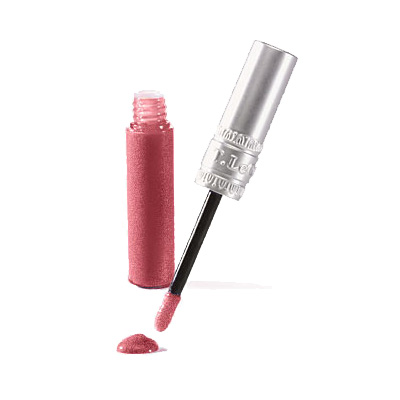
The Sticky

This post was inspired by my good friend and fellow cosmetic chemist, Kimberly Riley (@KiMiStRyCOS), who recently posted this tweet:
@KiMiStRyCOS: Wondering why your lip gloss is sticky? It’s probably comprised of mostly synthetic ingredients #makeupmonday
I couldn’t resist the urge to take this statement a bit further by telling you exactly which ingredient(s) are responsible for the sticky texture. Some women like sticky lip gloss because it is long lasting. Makeup artists use the sticky stuff to add an artistic touch to the lips with rhinestones, glitter, sprinkles etc. There are other women, like myself, that don’t like the “tacky” feeling, but rather prefer a smooth, moisturizing texture.
The ingredients typically responsible for the sticky texture of lip gloss are polybutene and polyisobutene. Polybutene is a synthetic polymer that acts as a binder, epilating agent (hair removal) and a viscosity increasing agent. It is a sticky, non-drying liquid that is also used in adhesives. The Cosmetic Ingredients Review has deemed this ingredient safe as it is currently used. You may also find this ingredient in lipstick, eye makeup and other skin care products.
Polyisobutene is a close cousin to polybutene. It is also a binder and viscosity increasing agent used in cosmetics. Unlike polybutene, polyisobutene dries to leave a thin coating on the surface of the lips. Low molecular weight polyisobutenes are thick, soft and tacky liquids. Polybutene is typically used in water based formulations, while polyisobutene is used in oil based formulations.
One of my biggest pet peeves about lip gloss and lipstick alike is that some formulas tend to cause my lips to peel. I believe polyisobutene is the culprit responsible for this gross occurrence. Of course, I will take a closer look at this to confirm or deny the accusation in the near future.
So that’s “the sticky”. Use it to live life glamorously 🙂
